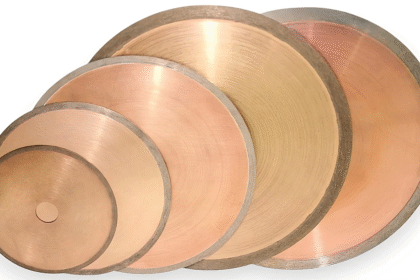I work with automotive leather every day at Leather Care Help, a small mobile restoration service here in San Diego. After spending years fixing seats, steering wheels, and dashboards, I can honestly say — I’ll always prefer genuine leather interiors over fabric or vinyl. It’s not just about appearance; it’s about how the material behaves, how it ages, and how it feels to live with every day.
Leather has a natural durability that fabric can’t match. Even when it starts showing signs of wear — cracks, fading, or dryness — it usually means the surface coating is worn, not the leather itself. With proper restoration, it can be brought back to life with new color, conditioning, and a protective topcoat. You end up keeping the original seat structure and comfort, but it looks and feels like new again. That’s something you just can’t do with fabric. Once cloth is stained, ripped, or soaked with odors, there’s really no good way to bring it back.
Another big reason I prefer leather is how easy it is to keep clean. In California’s dusty, sunny climate, cloth interiors pick up dust, sand, and smells quickly — especially if you have pets or kids. Leather wipes down easily and doesn’t trap allergens or spills. Even after years of use, a deep cleaning and conditioning session can make a big difference. It’s a material that actually rewards a little bit of care — the more attention you give it, the better it looks over time.
There’s also something timeless about the way leather ages. High-quality hides develop character instead of just breaking down. Small creases and soft patina can actually add personality. With UV protection and regular conditioning, you can prevent cracking or fading for many years. I’ve restored 10-year-old Silverado seats that came out looking like they just left the dealership — and that’s always satisfying for both the owner and me.
Vinyl, on the other hand, may look similar at first, but it’s a completely different story. It doesn’t breathe, gets sticky in heat, and cracks faster because it can’t be reconditioned. Many people choose vinyl thinking it’s “low maintenance,” but it’s really more disposable. Once it starts peeling or cracking, replacement is the only option. Genuine leather is the opposite — it’s an investment that can be renewed again and again.
For anyone thinking about replacing old seats or switching materials, I’d say this: if your Silverado already came with real leather, it’s worth keeping it. Restoration is almost always cheaper than replacement, and you preserve your factory-fit upholstery. Professional repairs can match your original color, fix tears or worn panels, and protect it from future UV damage. The result feels and looks better than aftermarket covers — plus, you keep your truck’s authentic interior style.
So, as someone who’s seen both sides — the cleanups, the repairs, and the long-term results — I’ll always stand by genuine leather. It’s comfortable, durable, and repairable. When you treat it right, it can easily outlast the truck itself.
How to Take Care of Genuine Leather Seats
If you decide to keep or restore leather, regular maintenance makes all the difference. I always tell my clients: leather doesn’t wear out — it dries out. Once the natural oils are gone, it starts to crack. The good news is, that’s easy to prevent. Use a pH-balanced leather cleaner and conditioner every few months, especially in sunny climates like Southern California. Avoid oily “all-purpose” products — they can clog the surface and cause peeling later.
If your truck sits in the sun all day, a windshield shade and periodic UV-protective coating can double the life of your seats. For small scratches or fading, a professional restoration can re-dye the surface without replacing any panels. It’s quick, cost-effective, and keeps your factory leather intact.
Common Mistakes to Avoid
The most common mistake I see is people trying to “fix” leather with household cleaners or shoe polish. These products aren’t meant for automotive coatings and often make things worse. Another mistake is covering leather with cheap seat covers — they trap moisture and heat, speeding up deterioration. Real leather should breathe; that’s what makes it comfortable in both summer and winter.
Final Thoughts
If you already have genuine leather in your Silverado, consider yourself lucky — it’s a premium material that can last for decades with the right care. Whether you clean it yourself or hire a restoration specialist, keeping your original seats is almost always the best long-term decision.
Leather adds value, comfort, and a sense of craftsmanship that fabric just can’t replicate. As someone who’s spent years restoring interiors, I can say with confidence: when properly maintained, genuine leather doesn’t just look better — it ages better.
Leather interiors aren’t just about looks — they make every drive feel a bit more refined. Once you experience the comfort and quality of genuine leather, it’s hard to go back to fabric.
👉 Learn more or see restoration examples here: LeatherCareHelp.com



